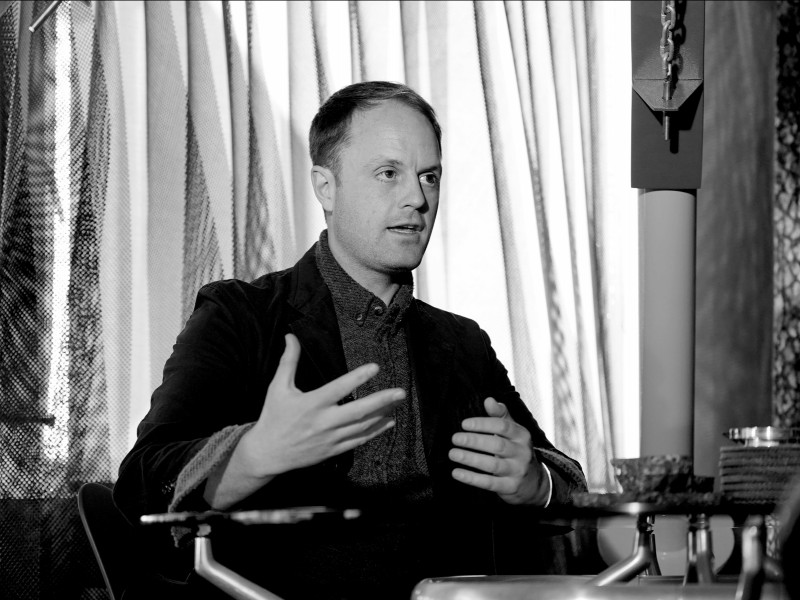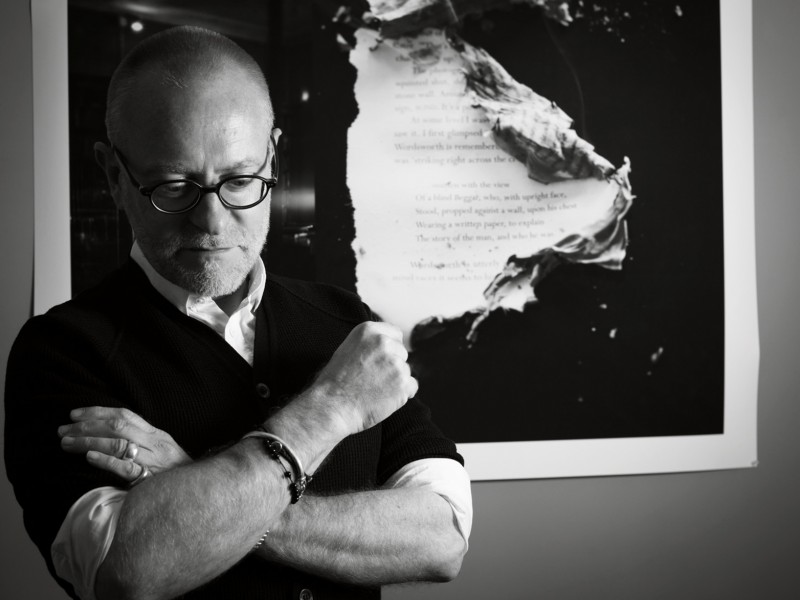Yet again, I put this pen to paper. The steel nib loops with a little scratch—“toothy”, the aficionados call it. Balanced between thumb, index and middle fingers, it is more guided than gripped. I turn experiences into tiny gestures of the arm and hand, which leave marks behind—marks you turn back into experiences as you read.
My pen’s quirks seem like a private matter. Aside from other stationery nerds, who cares if the piston is smooth, or the stripes rhodium? The accoutrements of literature can certainly become fetishised: Jane Austen’s walnut table, Friedrich Nietzsche’s typewriter, Jean-Paul Sartre’s fountain pen.
But objects matter, and not only for writing. From my pen, to a pretentious childhood edition of The Celebrated Cases of Sherlock Holmes, to a stone from a Greek beach—these are physical parts of my identity. This is my self, not as some eternal, ethereal substance, but as a work: something I do, not something I simply am. And vital to this enterprise is memory, and the objects that recall and revise it.
The Scottish philosopher David Hume, in his Treatise Concerning Human Understanding, argued that I never actually see myself. I notice this reddened skin, or that fluffy auburn hair; I witness these thoughts about ink and paper, or have those feelings about travel. But there is never any single “I” to be found. “I never can catch myself at any time without a perception,” Hume wrote, “and never can observe anything but the perception”. Hume’s point was not that there is no self, but that identity is hard to pin down, and is more a tangle of impressions and ideas than some simple essence. This is called his ‘bundle’ theory of selfhood: I write ‘I put pen to paper’ and it all sounds simple, but this “I” itself is a precarious cluster.
How does this vague existential collection stay together? This is an ongoing argument in philosophy, psychology and the brain sciences, but one of Hume’s answers is straightforward: memory. Part of being a self is remembering being this self. Hume argued that I recall perceptions and, in doing so, put them into a sequence. In this, we create continuity where none is observed. “Had we no memory, we never should have any notion of causation,” he wrote, “nor consequently of that chain of causes and effects, which constitute our self or person”. So what looks like some lasting “I” stuff is actually an achievement. In daily life, and over my life as a whole, I give experience some unity: beginning, middle, end; entrée, main meal, dessert; origin, journey, destination; foreplay, lovemaking, climax.
These memories are, in turn, often associated with objects. The classic literary example is French novelist Marcel Proust. Most famously in Remembrance of Things Past, the town of Combray ‘sprang into being’ again when he dipped cake in tea, as he once did as a boy. But Proust also wrote about his childhood literature—not as masterworks, but as repositories of a self he was always trying to recover. These books, he wrote in On Reading, “are the only calendars we have kept of days that have vanished, and we hope to see reflected on their pages the dwellings and the ponds which no longer exist”.
As this suggests, the self is not necessarily held together by prestigious goods: the brand names bought and sold as markers of identity. Memories are often made, recalled and revised by ordinary things—sometimes mediocre things. The point is not that fine things are worthless—Proust himself was an ardent admirer of excellent painting, sculpture, music, philosophy—the point is that humble things also play a role in weaving and knotting and unpicking a self. I am never an isolated individual in a void: I exist always among workaday items, which help to maintain this very “I”.
The German philosopher Martin Heidegger described this in Being and Time and later works. Taking issue with more individualistic notions of humanity, he argued that I am always tied up with other people and things—what he called ‘Being-with’ and ‘Being-amidst’. Putting aside plumes of germs and waste, my living body ends with my skin. But I make no sense without some common, taken for granted world, which I share with other human beings and stuff. “I am never here only, as this encapsulated body,” Heidegger wrote in Building Dwelling Thinking, “rather … I already pervade the space of the room, and only thus can I go through it”.
Importantly, Heidegger’s idea of the self was stretched in time as well as space. He used the word ‘thrown’—I find myself pitched into a world, with a past I never chose. Yet I can take up parts of this life, and make them my own. While I am dropped into life without warning or explanation, I can also hurl myself forward as an existential project: launching some sense of “I”, which I took from yesterday, into an imagined tomorrow. Memory, in this sense, is not simply a passive retrieval of the past, but an active recreation.
Objects can assist this adventure in striking and needful ways and surprisingly, sometimes accidentally. Proust’s madeleine and camomile tea were arbitrary ties to his childhood, which he later transformed into elegant literature. Aside from rarity, there was nothing about these things that made them more memorable than, say, the berries and cream he scoffed down as a kid. These are purely mental links between ideas: what Hume called “associations”.
Some items are more than mannequins over which we drape pleasant recollections. They can recall embarrassment, contempt, horror. English novelist AS Byatt describes a white teacup painted starkly by Henri Fantin-Latour. Her family descends from potters, and Byatt is attracted to the craftsmanship of ceramics, and their symbolism of fragility. Yet she dislikes tea and what it represents: “a domestic trap which yawned for women of my generation—cooking and washing up and tea table chatter”. The objects maintain a creative tension, with which Byatt works deftly.
Proust once brought three bonsai into his bedroom—trees he described as “miserable, hideous”. These were part of the Japonisme fashion in France, and a reminder of the gardens Proust’s asthma exiled him from. But they were also evocative miniatures, a theme that ran throughout his work. As French philosopher Gaston Bachelard argued in The Poetics of Space, small intricacies can encourage immense ideas. While everyday life is often overwhelming, tiny things are mentally manipulable; they provide opportunities for imaginative play. From statuettes and etchings, to nests and nuts, to Lego and doll houses, miniatures are invitations to toy with experience. They do not simply recall history, as if it were an archival retrieval—they can offer the past as an object of elaboration.
Note the ‘can’. When humans and things gather, there is no easy equation: Nietzsche plus typewriter equals Ecce Homo—actually, his Malling-Hansen writing ball broke and he identified with its fragility. Humans have dispositions, and objects have what psychologists and now designers call “affordances”: possibilities for action. Put these together with varying contexts, and the result is anything but simple.
Partly because of this unpredictability, inanimate things merit careful attention: curation, reflection, honest communication. This enthusiasm for the material is not “materialism”. The most desperate shoppers are often aloof to the subtleties of these textures and those colours, arising from that situation and entering into this one. Brand hype or the thrill of the checkout replaces a concern for the thing and its possibilities. The market sells me goods in a permanent present, but my stuff and I have a past. I use this thing—my “toothy” pen, which slows me down like a dog dragging on a leash—to record and reflect upon both.
Related Features
-
158
-
-
-

